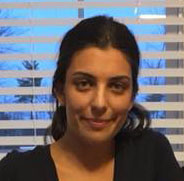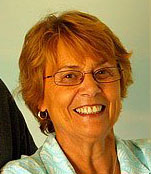latest comments


Frequently asked questions
Bobby: Good question asked by Susan so Blake can explain this one.
Blake: Thanks for sending this one in. I’ll try my best to explain it.
Since the planets are all located in different orbits around the Sun, it is natural that they have different climates which affect how the planet looks. The easiest ones are Wudnus, furthest from the sun and the coldest, covered in all white snow. Also, the population is pale because they are so far from the sun.
Bercus is the closest to the Sun and their population had to move underground to survive, they never see the Sun and through evolution got darker and darker blending in with their surroundings.
All the population took on the colors of their planets throughout the years depending on what dominant color is on their planet. The green oceans and green grasses and trees took over all of Glacus and finally, the population turned all one color.
Rheus, with its volcanic activity, managed to turn the whole planet Red.
Branus with its blue sky and blue oceans turned completely blue.
Yenus because of its fields of golden flowers, and golden fields adopted the Sun’s color.
Plefus, once covered in eggplants took over the color purple and of course, you already know the story of Chromus.
You have to remember this took place over many many years and many many generations to happen.
Hope that helps answer your question.
Bobby: Okay, I can take this one, thanks for asking about this Carol.
If you are wondering if the Sun and Moon are different for each planet the answer is no.
The Sun is yellow and the Moon is sometimes white, yellow, and even orangey-red at times. The planets are surrounded by a haze of their own color so looking up through the haze everything will look like the color of the planet. On Branus we see a blue Sun and a blue Moon and on Yenus, Yasmin sees a yellow Sun and a yellow Moon.
I never knew this until I traveled and visited the other planets. I had to ask Grampy that question myself.
Bobby: This is sent in by Janice but I can’t answer this one. There are a few questions that are already answered in the book and I don’t want to spoil it for you. I can give you a little hint though. Chromus, the rainbow planet, is a combination of all the planets but I won’t tell you how. This should get you thinking. Did all the settlers bring part of their own planets or was it a bitter and more dynamic event that caused it? You can try to guess and make up your own answer then check to see if you were right!!!!
Bobby: This great question was asked by Timmy. I asked Grampy to answer this one.
Grampy: This is a great question but I didn’t know the answer so I went back to Plefus to see if the Wizard could help me out. Because Wizards live to be so old he has had many trips to Chromus and has discussed many things with the elders of other planets.
When Chromus was first settled they all chose to speak English so it would be easier to communicate. Settlers went back to their own planets and taught the language to the elders, who in turn taught it to the population. It took a while to get everyone speaking the same language and even today there are a few words that did not change and can only be found on that planet. Words like yicnic for picnic, yananas for bananas for Yenus. The yellow planet is not the only one that has its own vocabulary.
So according to the Wizard on the purple planet of fruits and vegetables, this is why all the planets speak the same language.
‘I’ll try to answer all your questions but if I can’t I will check with Grampy Brian Blue. He knows most things about our Solar System.’ BOBBY BLUE
